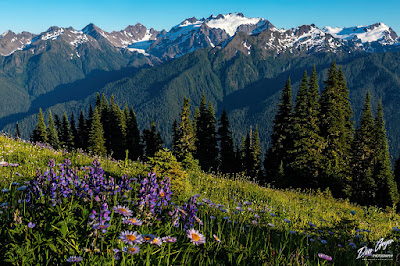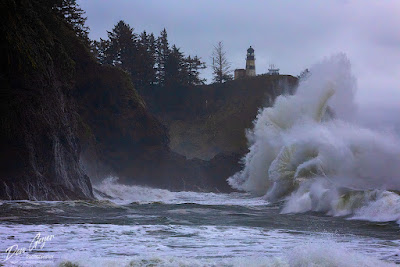 |
| Bighorn Canyon NRA |
 |
| Bighorn Canyon NRA |
 |
| Bighorn Canyon NRA |
 |
| Bighorn Canyon NRA |
 |
| Wild mustang in Pryor Mountain Wild Horse Range |
 |
| Bighorn Canyon NRA |
 |
| Bighorn Canyon NRA |
 |
| Bighorn Canyon NRA |
 |
| Bighorn Canyon NRA |
 |
| Bighorn Canyon NRA |
 |
| Bighorn Canyon NRA |
 |
| Wild mustang in Pryor Mountain Wild Horse Range |
 |
| Bighorn Canyon NRA |
 |
| Bighorn Canyon NRA |
 |
| Quilcene River and moss. |
The Quilcene is most commonly hiked by those ascending to the high country of Marmot Pass or even Buckhorn Mountain at 6,983' - two outstanding destinations! As such, it is easy to put the blinders on in the lower forest as one focuses on the task at hand.
However, in early season the lower forest along this beautiful stream IS my focus! Super-green moss and waterfalls a plenty are enough to captivate my interests. Early season can also make it a vey lonely trail as deep snow blankets the high country.
This image has stood the test of time and has recently been licensed for Worldwide usage in a magazine, as well as supporting digital use.
You can see this image and more from the area in my Olympic Gallery.
As always, thanks for looking! Hope to see you on the trail!
 |
| Mount Olympus from High Divide, Olympic National Park |
A trip into this area offers so much beauty for the adventurer willing to put the distance in. Summer offers meadows of flowers, while fall offers vibrant fall foliage of reds, oranges and yellows. You really can't go wrong on when you visit. Oh, and the wildlife! Your chances of seeing bears, deer, marmots and more are quite high.
Both camping areas mentioned above a beautiful and prime destinations. If planning your trip for photography on the ridge, I would recommend giving the nod to Heart Lake or a campsite on the ridge (dry). Seven Lakes Basin still works, it's just that your hike back to camp in the dark (assuming you are staying for sunset) will be a bit longer. Still, Seven Lakes Basin is beautiful...
For the image above, Seven Lakes Basin was my place of stay as a last-minute permit became available. The opportunity to visit this high ridge to both view and photograph Mount Olympus was exciting! And I was not disappointed.
I'm happy to share that this image was recently licensed for worldwide use for print cards.
To see more images from this fantastic area, feel free to visit my Olympic Gallery.
Hope to see you on the trail in 2023!

King Tides at Cape Disappointment.
"King Tides" is a non-scientific term used to describe higher than average high tides. In Washington, these typically happen during the winter months of November, December and January for a three-day period. They are the result of the gravitational forces of the sun and moon basically playing "Tug-of-war". They typically occur during a full moon and can be further escalated by storms.
In my state of Washington, these typically occur in the winter months of November, December and January, and for a period of three days each.
 |
| King Tides at Cape Disappointment. |
 |
| King Tides at Cape Disappointment. |
 |
| Bryce Canyon National Park in winter. |
Having visited this park in spring and summer, I had always
wanted to witness it under a blanket of snow in winter. One early February I got my chance. Closely watching the weather forecast, I saw
and incoming storm expected for the area.
My plan was to sleep in my vehicle. However, at the last minute I discovered I
would be bringing guests – my kids, early and middle elementary school
ages! Our only choice was to tent it –
their first winter snow camping experience!
We shared the entire Bryce campground with a single motor home.
Temperatures during the day with in the 20’s and low 30’s. Nighttime dipped into the low teens.
Night came early of course, so we found ourselves bundled in
our sleeping bags playing cards with the illumination from our headlamps. The kids had a blast! I will always cherish the special memories
from this trip.
The next morning, I awoke to a wall of spin drift (blown
snow) completely block the outside of our tent door. It was 13 degrees outside as I hiked to the rim
of the canyon for sunrise. It was beautiful!
This image appears for the month of January in my 2023Western Landscapes wall calendar.
You may view more images from this area in my SouthwestGallery.
I hope you enjoy!